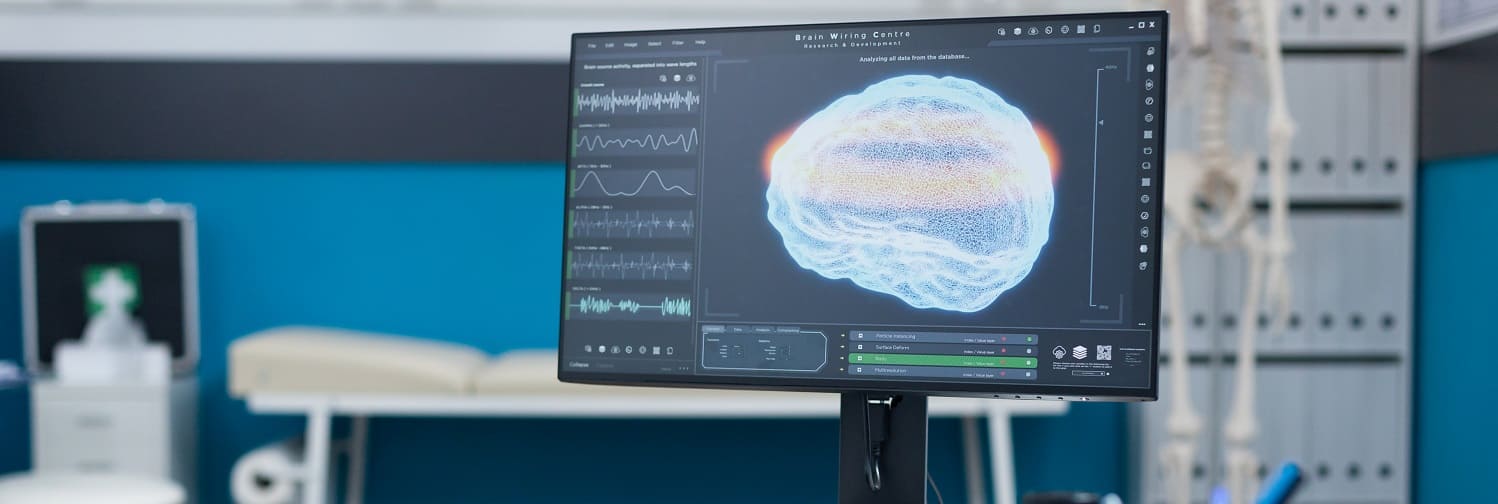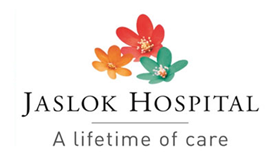Modern medicine typically focus on either treating a disease or prevention of a disease. Most of the diseases are mainly controlled by medical treatment. In contrast to this, the regenerative medicine aims to repair the disease state of the body by either replacing tissue or organs that have been damaged by disease or trauma. Several methods are used to achieve this, ranging from tissue engineering, cellular therapies or use of medical devices and artificial organs. This is a rapidly evolving branch of medicine where large amount of research is being undertaken. This is a multidisciplinary field which will eventually involve expertise from large number of experts outside medicine, example experts in biology, chemistry, engineering, genetics, robotics etc. The promising field of Regenerative Medicine is working to restore structure and function of damaged tissues and organs. It is also working to create solutions for organs that become permanently damaged. The goal of this approach is to find a way to cure previously untreatable injuries and diseases.

What is Regenerative Medicine
Consult With Expert Doctors
Regeneration in Humans Happens at Three Levels
Molecular: This includes small molecules that are the building blocks of your body, like DNA, fats, and carbohydrates.
Cellular: This includes cell structures like neurons or axons that are responsible for cell growth and reproduction in your body.
Tissue: This includes blood, skin, bone, or muscle.
Regenerative medicine first picked up steam in the 1990s when tissue engineering became popular for stem cell research and procedures like skin grafting.
There are several approaches to regenerative medicine. These include,
1. Tissue Engineering and Biomaterials
Tissue engineering is a strategy where biologically compatible scaffolds are implanted in the body at the site where new tissue is to be formed. One of the promising areas of the application of this form of regenerative medicine is for post spinal cord injury stroke rehabilitation. There are various centres around the world who are exploring different kind of biomaterials and scaffoldings to bridge the gap between the two ends of injured spinal cord in order to facilitate nerve regeneration. The long term aim of this branch of medicine is to create replacement tissues ranging from heart valves to entire organ to improve the survival and health of a patient.
2. Cellular Therapies
Many millions of adult stem cells are found in every human. Our body uses stem cells as one way of repairing itself. Studies have illustrated that if adult stem cells are harvested and then injected at the site of diseased or damaged tissue, reconstruction of the tissue is feasible under the right circumstances. These cells can be collected from blood, fat, bone marrow, dental pulp, skeletal muscle and other sources. Cord blood provides yet another source of adult stem cells. Scientists and clinicians are developing and refining their ability to prepare harvested stem cells to be injected into patients to repair diseased or damaged tissue.
Cellular therapies offered currently at the Jaslok Hospital and Research Centre
What is Regenerative Medicine
Majority of the medical treatment aims at controlling the disease or treating the symptoms. To give an example antidiabetic drugs control the dysregulated insulin secretion and paracetamol tablets symptomatically treat the fever of any cause. Despite years of research and advances in the medical science there are only handful of disease which can actually be cured by medical treatment. Needless to say that it would be of the great interest for mankind to find cure for diseases enhance to permanently get rid of the same.
Regenerative medicine is one step towards achieving the same. The goal of regenerative medicine is to replace or reboot tissues or organs damaged because of disease, injury, age, or other issues instead of treating symptoms with medication and procedures.
Consult With Expert Doctors
Application of Regenerative Medicine
Presently this has limited application but the most commonly known applications include bone marrow transplant of stem cells for several of malignant blood cancers. Similarly platelet rich plasma has been used to alleviate and regenerate tissues like cartilage in the knee, tendons and healing of diabetic ulcers. Similarly bone marrow extracts have been used to treat spinal diseases and avascular necrosis of femur head. There have been many research in the field of regenerative medicine 2 proved use artificial organs and tissues.
Top Regenerative Medicine for Platelet-rich plasma in Mumbai
Jaslok Hospital provides the top regenerative medicine for platelet-rich plasma (PRP) in Mumbai, offering expertise, experience, and state-of-the-art equipment for delivering high-quality and effective PRP treatments. Our team comprises highly qualified and trained doctors, nurses, and technicians capable of performing PRP injections for various conditions. Whether you’re dealing with knee pain, migraine headaches, hair loss, or skin aging, our top regenerative medicine for platelet-rich plasma in Mumbai can provide lasting and natural results by enhancing the body’s own healing and regenerative capabilities. PRP treatments at Jaslok Hospital aim to improve the function and appearance of the treated area while preventing further deterioration or complications.
Regenerative Medicine for Platelet Rich Plasma for Knee
One of the most common applications of PRP is for knee-related issues, including pain and inflammation caused by osteoarthritis, cartilage damage, ligament tears, or tendonitis. PRP stimulates the growth of new cartilage, collagen, and blood vessels, reducing inflammation and pain in the knee joint. This approach enhances the mobility, stability, and function of the knee, potentially delaying or preventing the need for surgery. If you are seeking regenerative medicine for platelet-rich plasma for knee issues, you can rely on Jaslok Hospital for personalized care. We assess your condition, prepare PRP, and administer injections with precision and safety. Improvement is often noticeable within a few weeks, providing long-lasting benefits.
Regenerative medicine for migraine treatment in Mumbai
The RNR Medicine clinic at Jaslok Hospital offers a promising approach to treating migraines with regenerative medicine for migraine treatment in Mumbai. Migraine is a chronic condition characterized by severe and recurrent headaches, often accompanied by nausea, vomiting, sensitivity to light and sound, and visual disturbances, significantly impacting one’s quality of life.
A notable regenerative medicine therapy for migraine treatment in Mumbai is transcranial magnetic stimulation (TMS). TMS is a non-invasive procedure that utilizes magnetic pulses to stimulate specific brain regions involved in migraine pathophysiology. By modulating the activity and sensitivity of nerves and blood vessels implicated in migraine attacks, TMS aims to enhance the production of endorphins and serotonin—natural painkillers and mood stabilizers. The result is a potential reduction in the frequency, intensity, and duration of migraine attacks, leading to an overall improvement in the quality of life for migraine sufferers.

